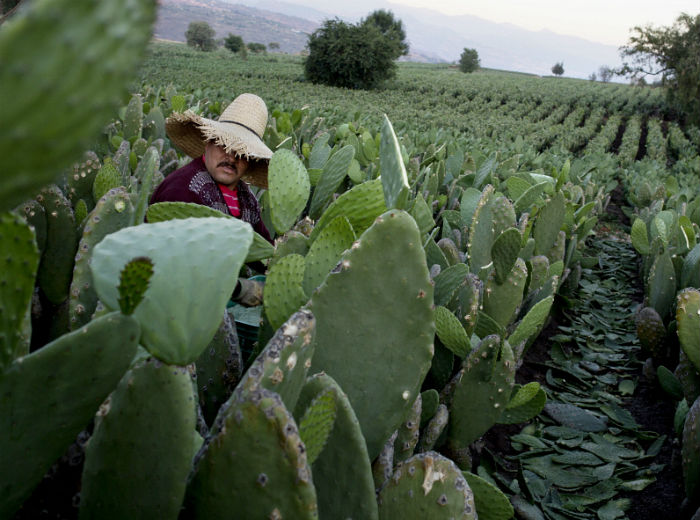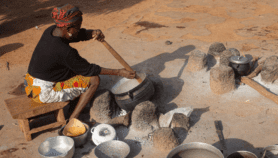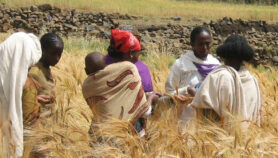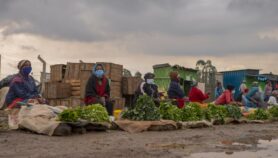Send to a friend
The details you provide on this page will not be used to send unsolicited email, and will not be sold to a 3rd party. See privacy policy.
Farmers and food researchers must focus on food quality over quantity to improve global nutrition and health, says a US think-tank.
About two billion people in the world are malnourished because they lack essential micronutrients such as iron or vitamins, while nearly the same number are overweight, according to the UN. Agricultural research must solve both sides of this problem, says a report by the Chicago Council on Global Affairs, presented in London, United Kingdom, last week (2 June).
“We consider mostly volume and we don’t consider substance enough,” says Catherine Bertini, a Chicago Council fellow and one of the report’s authors. In terms of research and development, crops have typically been bred for size, visual appeal and yield, neglecting or unintentionally removing nutrients, the report says.
Bertini urges scientists to focus on local crops. “Look into indigenous crops that are already either highly nutritious or could be made highly nutritious, and look for ways to both expand their [shelf] lives and to make them more available,” she says.
“Look into indigenous crops that are already either highly nutritious or could be made highly nutritious, and look for ways to both expand their [shelf] lives and to make them more available.”
Catherine Bertini, Chicago Council
Researchers should also involve end users — in particular women, who do much of the farming and cooking — in product development, Bertini suggests, to ensure new crops are acceptable replacements for existing foods.
“It’s not enough to create the most wonderful seed in the world that’s going to be drought resistant and pest resistant, if the end product is something that either takes longer to cook or the taste is not palatable to people,” she says.
The authors also recommend that research aims to reduce food waste through improved harvesting, storage, processing and transport, and seeks to measure the actual impact of agricultural development efforts on nutrition and health.
Frank Rijsberman, CEO of CGIAR, a global consortium of 15 agriculture research institutes, says the focus used to be on hunger and the amount of calories in food, but this is now shifting towards nutritional value.
In the past, health concerns in developing countries were often equated with infectious diseases, he says, but “chronic diseases such as cancer and diabetes are now shooting up […] and healthy food is a very good way of preventing some of that”.
The report calls on science funders to pay more attention to neglected crops such as millet, sorghum and traditional fruits and vegetables. It points out that CGIAR spent US$118 million on research into the major cereal crops in 2002, compared with just US$15.7 million researching fruits and vegetables.
“For the last few decades, our first and foremost priority has already been to increase the availability of staple foods — that’s grains like wheat, maize and rice,” Rijsberman says.But CGIAR will oversee a “significant shift of investment” in its programmes in the coming six years towards more nutrient-rich foods, and CGIAR’s research strategy issued last month reflects this change, he adds.
References
Healthy foods for a healthy world: Leveraging agriculture and food to improve global nutrition
(The Chicago Council on Global Affairs, April 2015)
CGIAR strategy and results framework 2016-2030 (CGIAR, May 2015)














